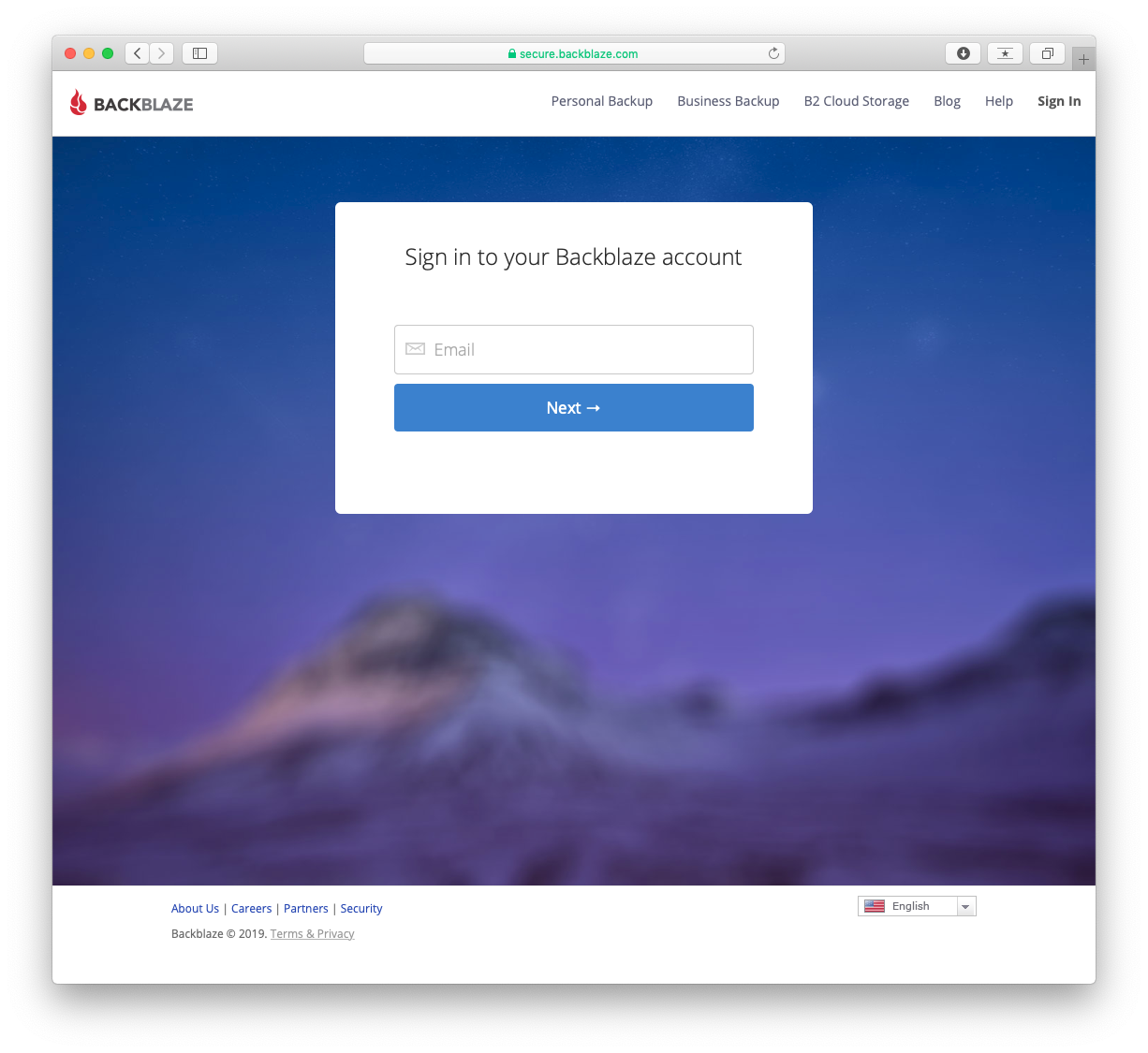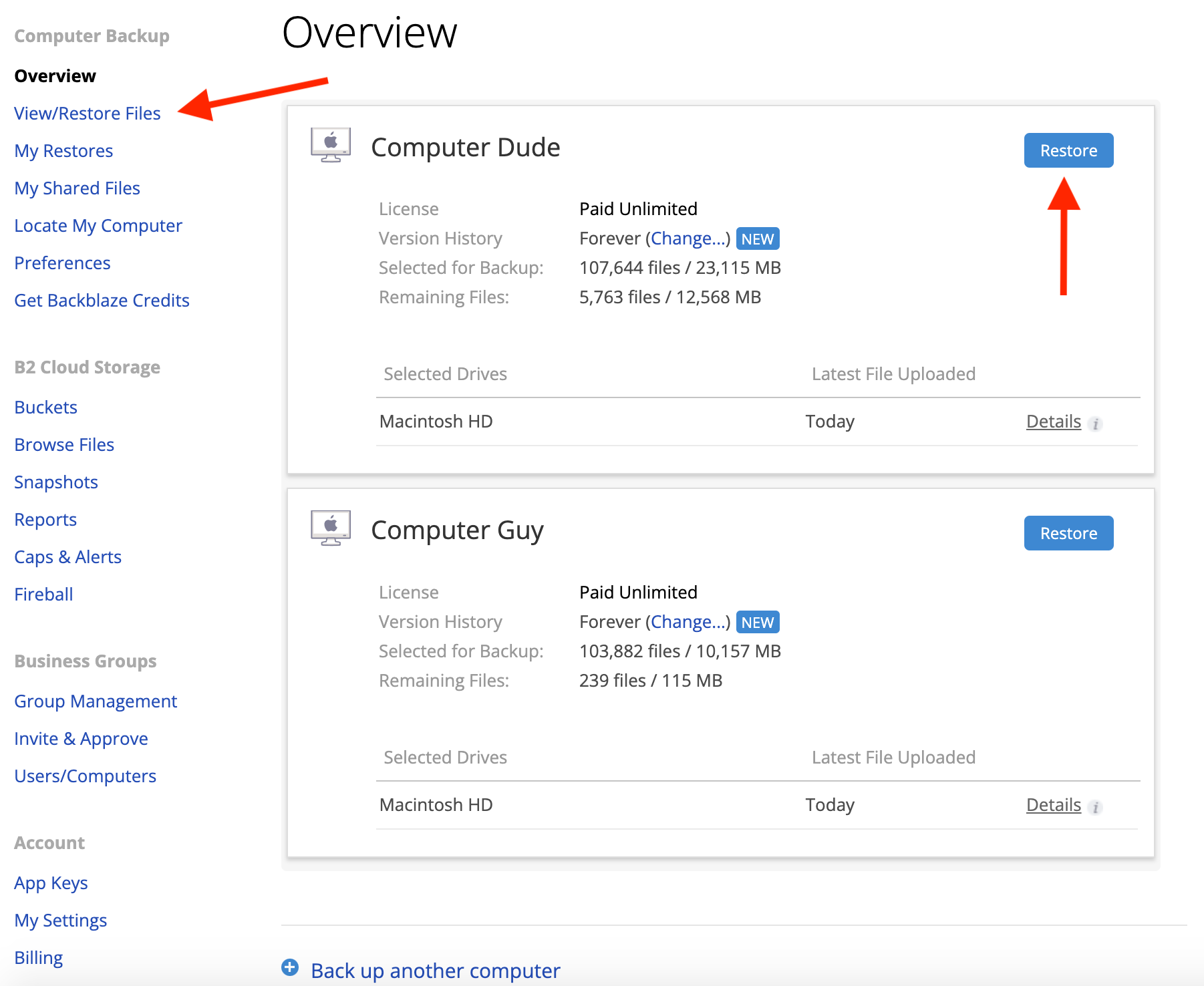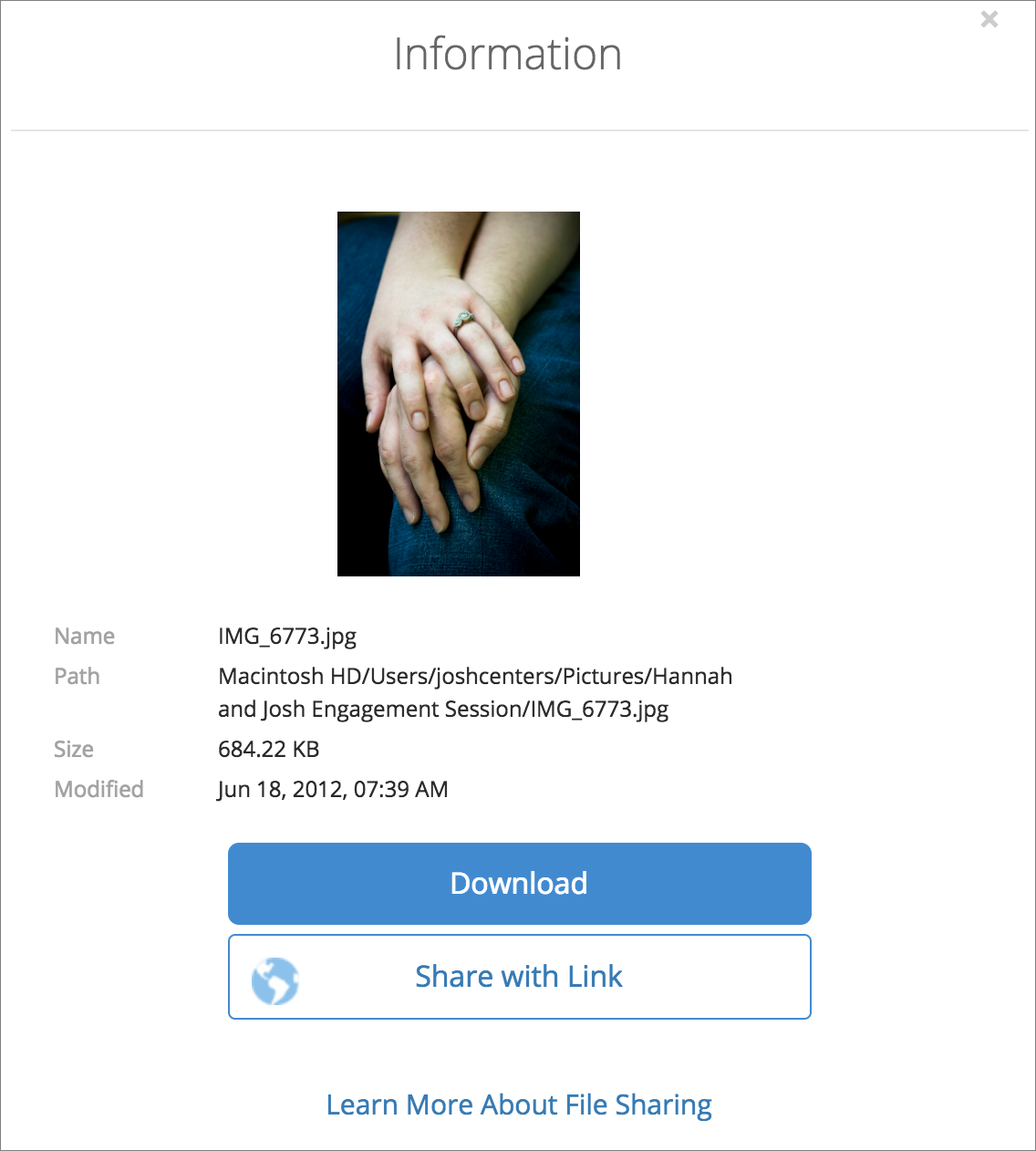

Typically, the cloud provider offers ‘Lifecycle-Management’ to apply a true-deletion of hidden data after a certain period of time.

This makes the file appear to be deleted, but it can still be accessed by using an older version of the file). When Kopia deletes data from a compatible provider, it is replacing the data with a special file that has a hidden marker. Now if a ransomware application finds your key, it can no longer permanently delete any data from the cloud! This might imply that now Kopia can no longer delete old snapshots as part of its maintenance cycle, but that is not the case. The easiest solution is to generate a key without any delete permissions, and to configure Kopia to use that key. These keys can be configured to only allow access to specific data (a specific bucket or path within a bucket), as well as to restrict what capabilities that key has access to. Some cloud storage solutions provide the ability to generate restricted access keys. Using application keys to protect your data The ransomware mitigation discussed on this page with GCS at this time. Google’s S3 compatibility layer does not provide sufficient access controls to use these features, and thus Kopia cannot use.Kopia’s Google Cloud Services (GCS) engine provides neither restricted access key nor object-lock support.To use storage locks with Backblaze B2, use the S3 storage engine.Kopia’s Backblaze B2 storage engine provides support for using restricted access keys, but not for object locks at the current time.Note that not all S3 compatible providers provide sufficient access controls to take advantage of these features.Protection when used with the S3 storage engine.
#BACKBLAZE RESTORE FILE DATE FULL#

Kopia’s AWS S3 storage engine supports using both restricted access keys as well as object-locks for ransomware protection.A ransomware application may look for your cloud provider access keys while examining your files and use that to permanently delete your snapshots on the cloud! We need to better protect our cloud storage to ensure our snapshots are safe. For the case just described, having multiple snapshots would appear to be sufficient to restore your data from the cloud, however ransomware attacks are getting more sophisticated. Because ransomware often targets ‘high-value’ user data, and often overwrites files in place, an automated backup solution (for instance running Kopia on a nightly cron-job) can cause the overwritten files to be propagated to cloud storage. What is ransomware and why do we need extra protections?įor the context of Kopia protection, ransomware refers to viruses, trojans or other malware that infects a system, and blocks user access to it (often by overwriting files with an encrypted version of themselves), usually requiring to pay for the decryption key to restore access. Kopia can be configured to take advantage of those capabilities to provide additional protection for your data. Some cloud storage providers provide capabilities targeted at protecting against ransomware attacks.


 0 kommentar(er)
0 kommentar(er)
